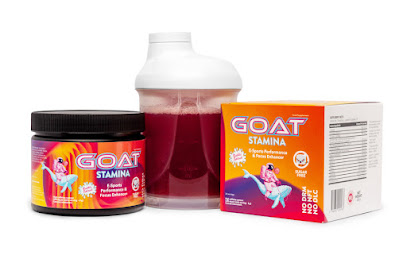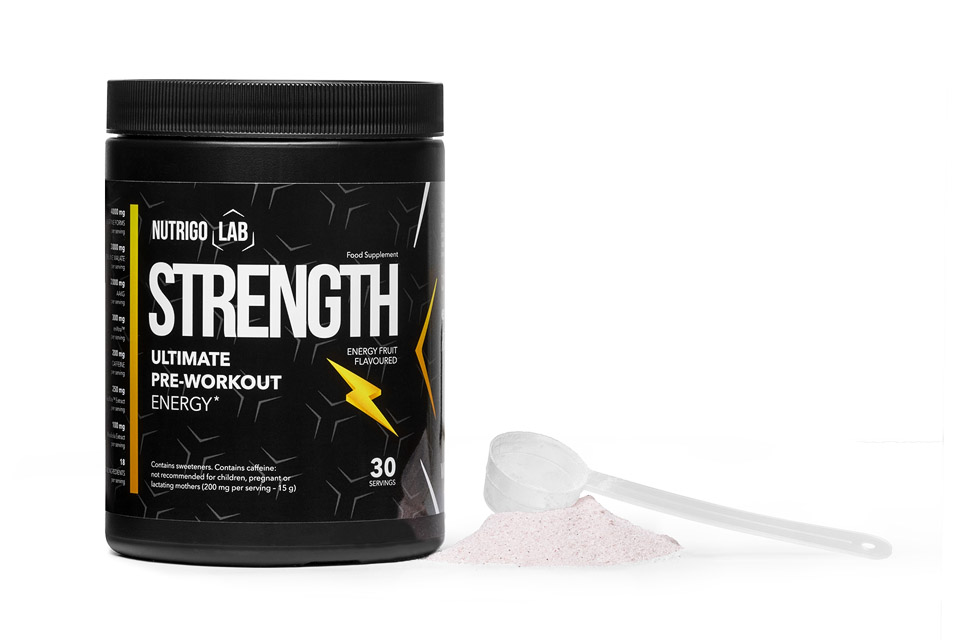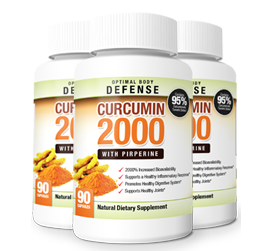What are different kind of salts?
There are several different kinds of salt available, each with its own unique characteristics, flavor, and culinary uses. Here are some of the most common types of salt:
Table Salt: This is the most common type of salt found in most households. It is highly refined and often contains added iodine, which helps prevent iodine deficiency. Table salt has fine, uniform grains and is primarily used for everyday cooking and seasoning.
Sea Salt: Sea salt is harvested from evaporated seawater. It is available in different varieties, such as coarse, fine, or flaky, and may have varying levels of mineral content depending on its source. Sea salt is generally considered to have a more distinct and complex flavor compared to table salt and is used in a wide range of dishes.
Kosher Salt: Kosher salt has larger, coarser grains compared to table salt. It does not contain any additives like iodine, and its name comes from its use in the koshering process of meats. Kosher salt is known for its ability to draw out moisture from food, making it a popular choice among chefs for seasoning and cooking.
Himalayan Pink Salt: This type of salt is mined from the Khewra Salt Mine in Pakistan and is often sold in large, pink crystals or ground form. Himalayan pink salt gets its distinctive pink color from trace minerals, and some believe it contains additional health benefits due to its mineral content. It is commonly used in cooking, as a finishing salt, or for decorative purposes.
Flaky Salt: Flaky salt, also known as finishing salt or gourmet salt, is characterized by its delicate, pyramid-shaped or irregular flakes. It can be made from different salt sources, such as sea salt or rock salt. Flaky salt is often used as a final touch to enhance the texture and flavor of dishes just before serving.
Rock Salt: Rock salt is extracted from underground salt deposits and is typically not suitable for direct consumption due to impurities. It is commonly used for de-icing roads and sidewalks during winter or in certain culinary applications like salt-crusted baking or making homemade ice cream.
These are just a few examples of the different types of salt available. Each type of salt has its own texture, flavor, and recommended uses, so it can be interesting to experiment and explore the characteristics of different salts to enhance your culinary creations.
What salt is used for?
Salt is a fundamental ingredient in cooking and has various uses and functions in culinary applications. Here are some of the primary purposes and uses of salt:
Flavor Enhancer: Salt is a well-known flavor enhancer that can bring out the natural flavors of food. It helps to balance and enhance other tastes by reducing bitterness and increasing sweetness and savoriness.
Seasoning: Salt is used to season food, adding a savory or salty taste. It is commonly added during cooking to enhance the flavor of ingredients and dishes. Proper seasoning with salt is essential to achieve well-balanced and flavorful meals.
Food Preservation: Salt has long been used as a preservative for food. It helps inhibit the growth of bacteria and prevents spoilage by drawing out moisture through osmosis. Processes like curing, pickling, and salting are traditional methods of preserving foods using salt.
Texture and Structure: Salt can impact the texture and structure of food. It strengthens gluten in bread dough, contributing to proper rising and a desirable texture. In meat preparations like brining or curing, salt can help retain moisture and improve the texture and tenderness of the meat.
Fermentation: Salt is crucial for fermentation processes in foods like sauerkraut, kimchi, pickles, and various fermented condiments. It creates an environment that promotes the growth of beneficial bacteria while inhibiting harmful ones.
Shelf-Life Extension: The use of salt in certain food products, such as cured meats or cheese, can extend their shelf life by inhibiting microbial growth and preventing spoilage.
Different types of salt, as mentioned earlier, offer variations in flavor, texture, and culinary applications. The choice of salt depends on personal preference, desired flavor profile, and the specific culinary use.
What are the benefits of salt on health?
Salt, when consumed in moderation as part of a balanced diet, provides several essential benefits for overall health. Here are some of the key benefits of salt:
Electrolyte Balance: Salt contains sodium and chloride, two essential electrolytes that help maintain fluid balance in the body. These electrolytes are necessary for proper nerve function, muscle contraction, and hydration.
Nutrient Absorption: Sodium plays a role in the absorption of certain nutrients, such as glucose and amino acids, in the small intestine. Adequate sodium levels are necessary for proper nutrient absorption and utilization.
Nerve and Muscle Function: Sodium is involved in the transmission of nerve impulses and muscle contractions. It helps maintain proper communication between nerve cells and enables muscle function, including the contraction and relaxation of muscles.
Fluid Balance: Sodium, along with other electrolytes, helps regulate fluid balance within the body. It influences water distribution and helps maintain proper blood volume and blood pressure.
Hydration Support: Consuming salt in moderation can aid in maintaining hydration. Adequate salt intake helps the body retain water and prevents excessive water loss, especially in situations of increased sweating or during intense physical activity.
Iodine Intake: Iodized salt, which is salt fortified with iodine, is an important dietary source of iodine. Iodine is necessary for the production of thyroid hormones, which play a critical role in regulating metabolism and promoting healthy growth and development.
While salt provides these benefits, it is crucial to consume it in moderation. Excessive salt intake can lead to health issues, including high blood pressure, cardiovascular problems, and fluid retention. The recommended daily sodium intake varies based on age, sex, and individual health conditions. It is generally advised to follow dietary guidelines and limit high-sodium processed foods, as they often contribute to excessive salt intake.
It's worth noting that some individuals, such as those with certain medical conditions like hypertension or kidney disease, may require specific sodium restrictions as per their healthcare provider's guidance.
Maintaining a well-balanced diet that includes a variety of nutrient-dense foods and proper hydration is essential for overall health, and salt should be consumed in moderation as part of a healthy lifestyle.
What are benefits of salt for the skin?
Salt can provide several potential benefits for the skin when used in skincare routines. Here are some ways in which salt can be beneficial:
Exfoliation: Salt, especially in the form of salt scrubs or salt-based exfoliating products, can help remove dead skin cells, unclog pores, and promote smoother and brighter skin. The coarse texture of salt works as a natural exfoliant, aiding in the removal of impurities and promoting cell turnover.
Detoxification: Salt is believed to have detoxifying properties. Saltwater baths or salt-based skincare products can help draw out impurities, excess oil, and toxins from the skin. This can be beneficial for individuals with oily or acne-prone skin.
Skin Hydration: Bathing or soaking in saltwater can potentially aid in skin hydration. Saltwater can help restore the skin's natural moisture balance by replenishing minerals and promoting hydration.
Soothing and Relaxation: Saltwater baths or salt-based skincare products can provide a soothing and relaxing experience. The minerals present in salt, such as magnesium and potassium, may help promote a sense of relaxation, reduce muscle tension, and provide a calming effect.
Anti-Inflammatory Effects: Salt, particularly mineral-rich salts like Dead Sea salt, may possess anti-inflammatory properties. This can be beneficial for individuals with inflammatory skin conditions like eczema, psoriasis, or acne.
It's important to note that while salt can offer potential benefits for the skin, individual responses may vary, and some people with sensitive or dry skin may find salt to be too drying or irritating.
Additionally, it's crucial to maintain a proper skincare routine that includes gentle cleansing, moisturizing, and sun protection to ensure overall skin health.
How to use salt to reduce air humidity?
Salt can be used to help reduce air humidity in specific situations. Here are a couple of methods you can try:
Salt Dehumidifier:
- Take a bowl or container and fill it with coarse salt, such as rock salt or sea salt.
- Place the container in the area where you want to reduce humidity, such as a damp room or a closet.
- The salt will naturally absorb moisture from the air, helping to lower the humidity level. You may need to periodically replace or refresh the salt as it becomes saturated.
Salt in Rice:
- Fill a cloth bag or sock with uncooked rice.
- Add a few tablespoons of salt to the bag or sock.
- Tie or seal the bag or sock securely.
- Place the bag or sock in the area where you want to reduce humidity, such as a musty cupboard or a damp corner.
- The rice will absorb moisture, and the salt will help enhance its dehumidifying properties. Replace the bag or sock with fresh rice and salt as needed.
While these methods may help reduce humidity in small areas or temporary situations, it's important to note that they are not as effective as using dedicated dehumidifiers for larger or more persistent humidity issues.














.png)












.png)
.png)
No comments:
Post a Comment